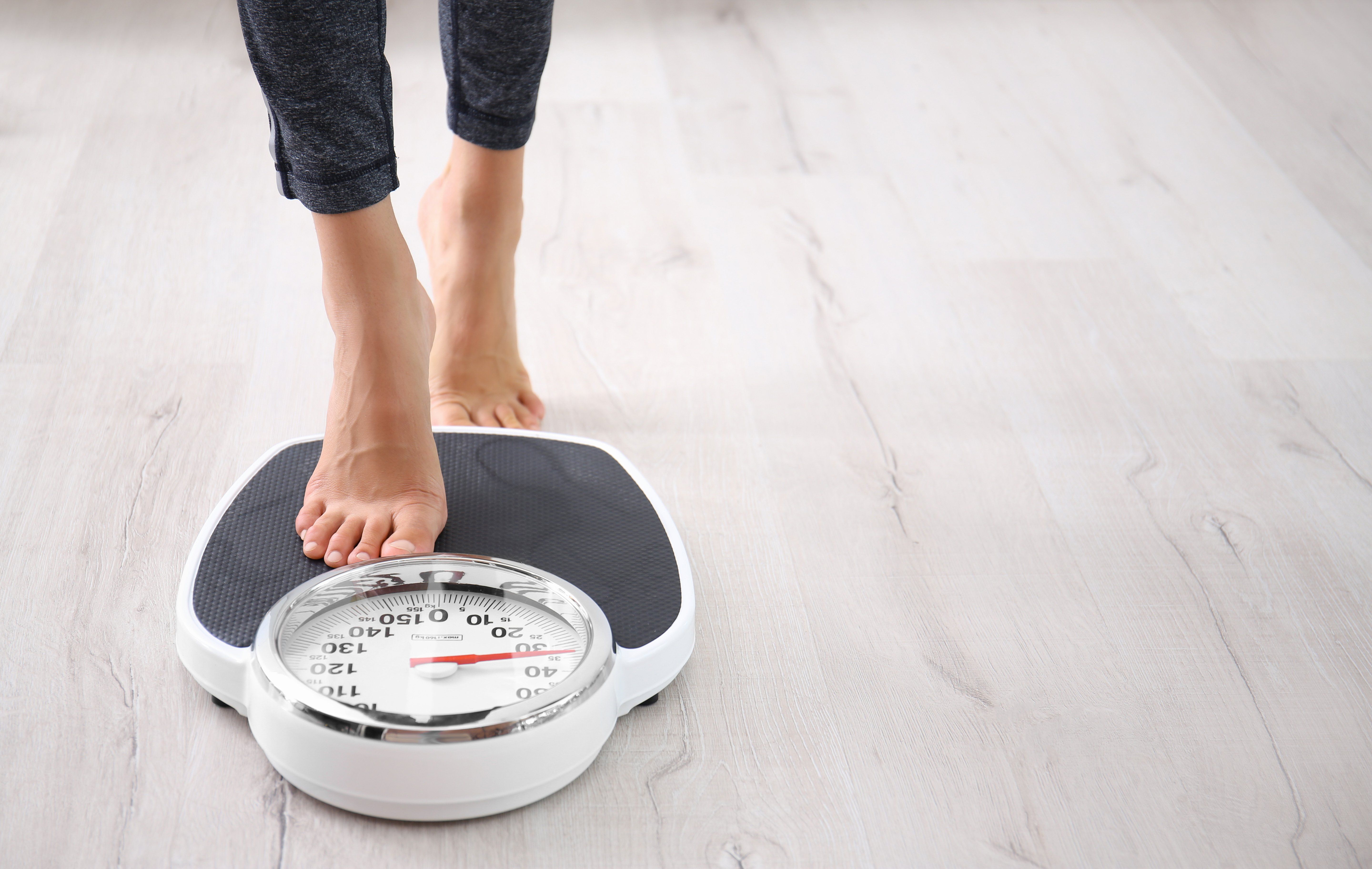Article
The Human Body Has Internal Scale to Sense Body Weight Says Study
It has been suggested that the human body has an intrinsic weight sensor that functions as part of energy homeostasis. Information about body weight is used to drive caloric intake and metabolic expenditure with the goal of maintaining body weight at a specific set point, however little is known about how such a sensor might function. In a recent paper, published in the journal EClinicalMedicine researchers from the University of Gothenburg, Sweden, have devised a method to investigate this system they have dubbed the “graviostat,” using weighted vests.
New Africa@AdobeStock_216416516

It has been suggested that the human body has an intrinsic weight sensor that functions as part of energy homeostasis. Information about body weight is used to drive caloric intake and metabolic expenditure with the goal of maintaining body weight at a specific set point, however little is known about how such a sensor might function. In a recent paper, published in the journal EClinicalMedicine researchers from the University of Gothenburg, Sweden, have devised a method to investigate this system they have dubbed the “graviostat,” using weighted vests.
Sixty-nine people with a body mass index (BMI) of 30-35 took part in the clinical study in which they were asked to wear a weighted vest eight hours a day for three weeks. Participants were randomly assigned to one of two groups: The control group wore only light vests weighing 1 kg, while the treatment group wore heavy vests weighing some 11 kg.
When the three weeks had passed, the experimental subjects who wore the heavier vests had lost 1.6 kg in weight, while those wearing the light vests had lost 0.3 kg. The authors say the weight loss came from fat reduction, while the muscle mass remained intact.
"The effect on fat mass we found, from this short experiment, exceeded what's usually observed after various forms of physical training. But we weren't able to determine whether the reduction was in subcutaneous fat (just under the skin) or the dangerous visceral kind (belly fat) in the abdominal cavity that's most strongly associated with cardiovascular diseases and diabetes," says Professor John-Olov Jansson of Sahlgrenska Academy, University of Gothenburg.
The researchers hypothesize that activity levels may affect the way the body senses weight and could impact metabolism. If people do a lot of sitting, the reading on personal scales may fall too low, the authors say. This may explain why sitting is so clearly associated with obesity and ill-health. Weighted vests can raise the reading on the scales, resulting in weight loss.
Title: Increased Weight Loading Reduces Body Weight and Body Fat in Obese Subjects - A Proof of concept randomized clinical trial; https://doi.org/10.1016/j.eclinm.2020.100338




